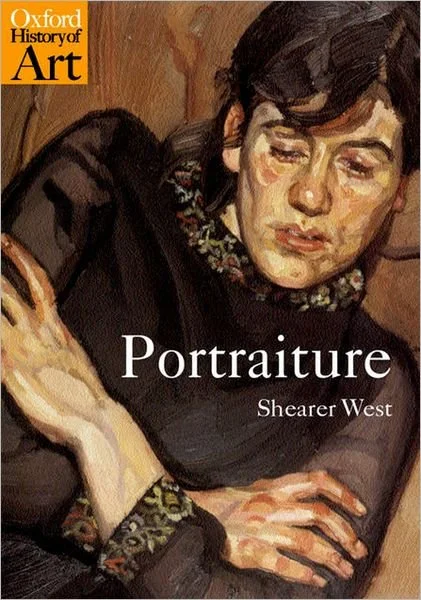Image: detail of Shop of Tinghua, Peabody Essex Museum.
Image: artist Cai Guo-Qiang, The Ninth Wave.
Image: artist Jess MacCormack.
Dialogue / Forgery as Method: An Interview with Winnie Wong
The conversation engaged topics such as Wong’s forthcoming book project on naming and unnaming, the asymmetries of canonical forms of art, and the varied mediations through which copies circulate and accrue value. It also explored language as both a tool of imperial power and a site of cultural negotiation, while reflecting on the epistemological gap between historiography and ethnography. The dialogue concluded with reflections on pedagogy and the stakes of teaching within interdisciplinary expectations.
In Invisible Culture (IVC) / editorial / 2025
Dialogue / Sensing Diaspora and Global Currents: An Interview with Sean Metzger
Addressing the centrality of interdisciplinary methodology for visual studies, the conversation explored topics such as language acquisition, community-building, ethnographic methods, and the constraints of disciplinary boundaries. It then shifted to the positionality of the self in globalization and the genealogy of Asian Caribbean Studies. Professor Metzger also shared his insights on how new technological tools (e.g., language apps, AI in media) transform our ways of knowing and interacting with the world, while also complicating traditional disciplinary boundaries.
In Invisible Culture (IVC) / editorial / 2025
Introduction / Issue 37: Automated Images
Issue 37 of InVisible Culture, “Automated Images,” offers a range of approaches that interrogate the invisible mechanisms of automation. It is informed by visual artist Harun Farocki’s term “operational images,” which describes the ways in which automated systems communicate internally by breaking down, mapping, and tracking the physical world according to highly restricted subsets of information.
In Invisible Culture (IVC) / editorial / 2024
Image: cover photo from Dover Publication.
Styles in Painting: a Comparative Study
To address the common struggle of making sense of Western paintings with their overwhelming variety of themes and styles, Zucker, Paul (1889–1971) combines art history and aesthetic theory, adopting a comparative approach to analyze paintings of the same theme across different periods. This allows readers to grasp the evolution of Western painting over 2000 years at a glance. Originally published by Dover Publications (New York, NY) in 1963, I have translated this book from English into Chinese.
By China Youth Publishing House (中国青年出版社) / English version / translation / 2024
Image: Photographic Archive. MoMA Archives, New York. IN1382.39. Photograph by Kate Keller.
The Anthropology of Art, after the End of Art: Contesting the Art-Culture System
This review examines the anthropology of art since the mid-1980s—a period of upheaval marked by the destabilization of “art” as a category. Key moments include critiques of MoMA’s 1984 Primitivism exhibition, the crisis of representation, postmodernism’s influence, and decolonization movements like the 1984 Te Maori show. Boundaries—between “West” and “the rest,” “high” and “low”—were renegotiated, reshaping public culture. The authors explore shifting art theories, the rise of noncanonical art, and contemporary intersections between art and anthropology. (Translated from English to Chinese.)
In China Folk Culture Forum (《民间文化论坛》) / English version / translation / 2023
Image: cover photo from Oxford University Press.
Image: Little guests in the Moon Palace, Designer unknown, 1972, Landsberger Collection.
Portraiture (Oxford History of Art)
This review examines the anthropology of art since the mid-1980s—a period of upheaval marked by the destabilization of “art” as a category. Key moments include critiques of MoMA’s 1984 Primitivism exhibition, the crisis of representation, postmodernism’s influence, and decolonization movements like the 1984 Te Maori show. Boundaries—between “West” and “the rest,” “high” and “low”—were renegotiated, reshaping public culture. The authors explore shifting art theories, the rise of noncanonical art, and contemporary intersections between art and anthropology. (Translated from English to Chinese.)
By Shanghai People’s Publishing House (上海人民出版社) / English version / translation / 2023
The Reproductive Future: “Space Babies” in Chinese Posters 1950s–1980s
This paper analyzes late 20th-century Chinese posters depicting children in space, comparing them to Soviet and American counterparts (1950s–80s). It explores how these images reflected and influenced political, social, and gender narratives, while engaging with Chinese myths and reproductive ideals. It also examines why chubby babies featured prominently, linking this to Chinese moral values.
In Journal of Cultural Interaction in East Asia / peer-reviewed journal / 2023






